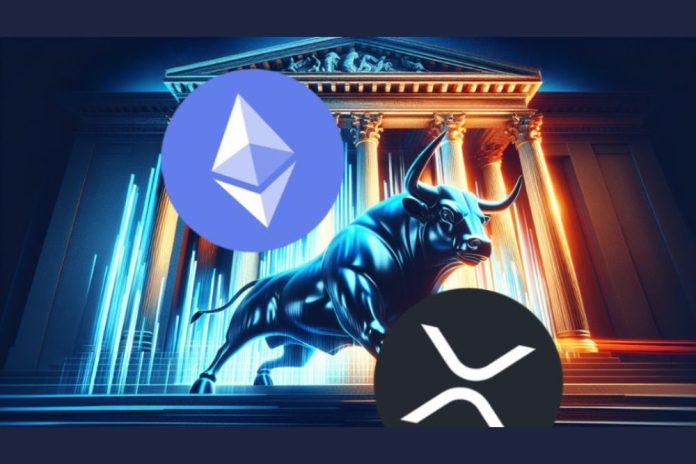Crypto enthusiast WrathofKahneman (@WKahneman) recently commented on a possible shift in XRP’s price behavior, following the integration of RLUSD into Ripple Payments. According to him, XRP might increasingly mirror ETH in price dynamics, as both now function primarily as gas tokens and to support the infrastructure of their ecosystems.
With #RLUSD now integrated into Ripple Payments, it’ll be interesting to see if #XRP price dynamics begin to resemble #ETH (aside from sector correlation), as both primarily function as infra/gas now.
— WrathofKahneman (@WKahneman) April 4, 2025
Tokenomics and Fee Structures Compared
Vet (@Vet_X0), an XRPL dUNL validator, responded with a comparison of token models. He explained that Ethereum’s fee burn mechanism creates upward price pressure during congestion. XRP, in contrast, uses fee escalation, but not as severe as Ethereum, which could mean lower demand during high-traffic periods.
WrathofKahneman noted that XRP could still see high transaction volume if adoption grows rapidly. According to him, “exchanges become the governor before the network,” indicating a different bottleneck compared to Ethereum. Vet agreed but added that significantly more volume than ETH might be required to offset XRP’s more moderate fee dynamics.
RLUSD’s Role and Impact on XRP Usage
One user questioned XRP’s relevance now that RLUSD offers the same network advantages with less volatility. RLUSD currently has a limited supply, but the commenter asked why anyone would prefer XRP.
In response, WrathofKahneman acknowledged a short-term shift but emphasized that XRP’s role as a neutral transfer mechanism remains. He pointed out that the digital asset “powers the network” and that its auto-bridging feature provides valuable liquidity across pairs, especially as more participants join the ecosystem.
We are on twitter, follow us to connect with us :- @TimesTabloid1
— TimesTabloid (@TimesTabloid1) July 15, 2023
Ripple Chief Technology Officer (CTO) David Schwartz has previously highlighted auto-bridging as an important technological advantage of the digital asset. The CTO noted that if the asset had no advantages and could easily be replaced by RLUSD, it would also lose to other stablecoins regardless of RLUSD’s presence or success.
Concerns About Long-Term Utility
Another user expressed concern over XRP’s future utility, stating that RLUSD’s introduction made him uneasy. WrathofKahneman replied, stating, “Long run, I think it helps.” He argued that XRP’s current valuation stemmed from limited retail speculation rather than real-world usage. If the network begins seeing real volume, demand for the digital asset could increase substantially.
He also addressed the fear that Ripple might be moving away from XRP, clarifying that the digital asset remains an essential part of the infrastructure. Its core function in operating the ledger underpins its value proposition, even as new assets like RLUSD enter the ecosystem.
Schwartz and other experts have continually explained XRP’s role in the ecosystem since the announcement of RLUSD in 2024. Both assets will be used where each works best to provide the best experience within the ecosystem.
Follow us on X, Facebook, Telegram, and Google News


